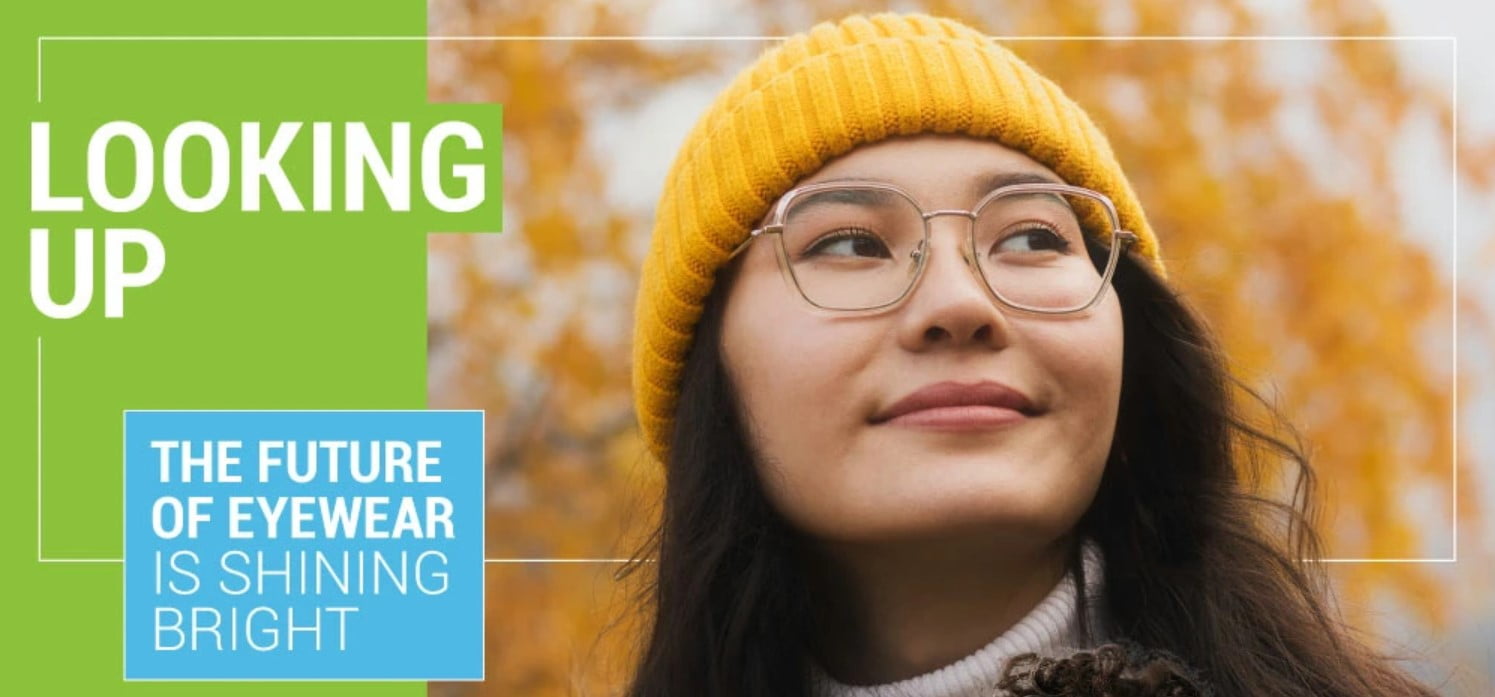The future of eyewear is shining bright. The global eyewear market is growing by billions per year, expecting to reach $172 billion in 2028. That is up from the $115 billion the market is at now, already an impressive feat. This amazing growth is driven by changes in consumer behavior and innovations in eyeglass design.
Q3 2021 hedge fund letters, conferences and more
The Eyewear Industry Trends
Roughly 126 million Americans wear eyeglasses. Between buying new frames, new lenses, and getting an eye exam, the average national cost for getting new glasses is $576. Despite the high price, customers are buying pairs more frequently than they have in the past. Instead of one pair every 3 years, many purchase multiple pairs in the same year. There are a few reasons for this change. Namely, remote work and school have caused people to spend far longer looking at electronic screens than before. People notice when their prescription needs to change faster, and computer vision syndrome is on the rise. The latter cause has led to increased demand for blue light-filtering glasses, which are intended to protect the eye better.
To get around some costs, savvy consumers are choosing to replace just their lenses instead of buying a whole new pair of glasses. The average pair of single vision lenses is only $126 of the $576 total listed above. Replacement lenses save money while allowing the customer to keep their favorite frames and personal style intact. Said frames can also come in the mail now, which is convenient for the consumer.
On the eyeglass provider side, more technology is going into the design of eyeglasses than ever before. Alongside the blue light filtering design mentioned earlier, there are a variety of protective lens coatings one can apply to their glasses. UV protection to block sun damage, anti-fog coating to reduce condensation, and anti-reflective coating to name a few. Anti-fog coating is especially convenient for anyone who constantly has to wear glasses and a face mask together.
Going the next step beyond, electronic focusing glasses have reached market shelves, though they remain outside the price range of the average consumer. Several technology companies are investing in the production of smart glasses, once a figment of science fiction’s imagination. These glasses will include displays capable of augmenting the user’s vision in a non-distracting way, providing all sorts of beneficial information to the wearer. Some may also have speakers to let the wearer hear certain broadcasted announcements.
Infographic source: Lens Factory














